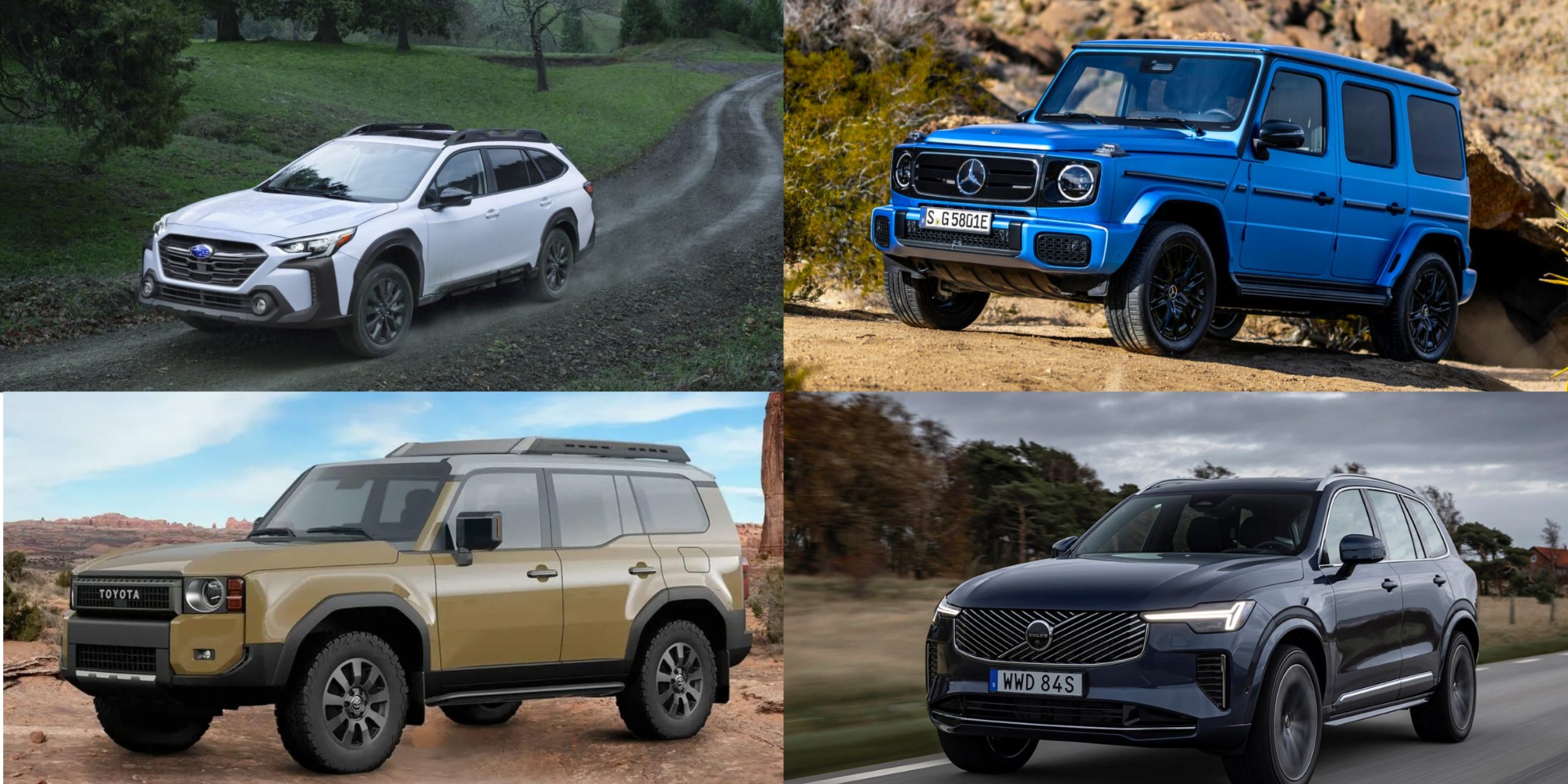When it comes to choosing a car, safety often tops the list of priorities for buyers. While modern vehicles are engineered with crumple zones and energy-absorbing materials to protect passengers during a crash, not all cars are created equal.
Some vehicles are famed for their solid construction and impressive crash-test performances—earning reputations for being virtually indestructible. Others, however, fall short in structural integrity and durability, making them less than ideal when it comes to withstanding serious impacts.
This article takes a look at five cars that are built like tanks—vehicles that can take a beating and keep their occupants protected—and five that tend to crumple easily, often failing to inspire confidence when it comes to safety and structural durability.
Whether you’re shopping for your next car or just curious about how various models stack up, this list will help shed some light on the true toughness (or lack thereof) of these vehicles.
Let’s start with the titans of toughness—the cars that are practically built to survive the apocalypse.
Also Read: 10 Best Hybrid Cars of 2025 That Balance Fuel Efficiency, Reliability, and Everyday Comfort
5 Cars Built Like Tanks
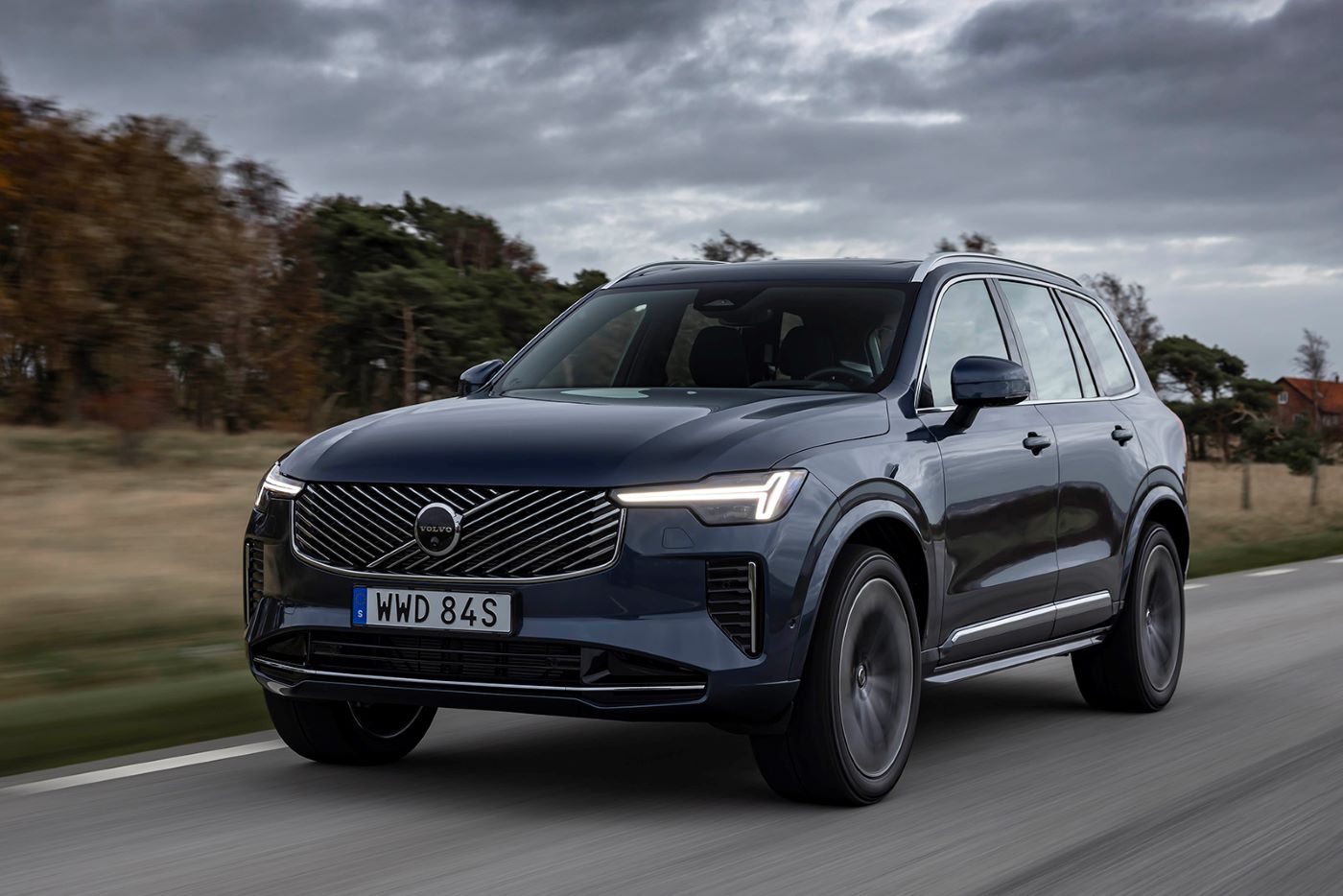
1. Volvo XC90
The Volvo XC90 is the poster child for automotive safety, and it’s easy to see why. Built with a high-strength steel frame and loaded with advanced safety features, the XC90 consistently receives top ratings from global crash test agencies like Euro NCAP and the IIHS.
Volvo’s dedication to safety isn’t just a marketing gimmick—it’s a deeply ingrained part of the company’s engineering philosophy. The XC90 is designed to withstand massive impacts while maintaining cabin integrity, making it a reliable fortress on wheels.
Beyond crashworthiness, the XC90 includes features like autonomous emergency braking, lane-keeping assist, and one of the most comprehensive airbag systems in its class. It also has energy-absorbing crumple zones designed not to compromise passenger safety while reducing force in a collision.
This blend of intelligent engineering and overbuilt strength makes the XC90 a consistent choice among safety-conscious families and professionals alike.
What further sets it apart is the way Volvo integrates technology with structural engineering. The use of boron steel, one of the strongest types of steel used in the auto industry, contributes to a rigid passenger cell.
In real-world crashes, this translates to fewer injuries and higher survival rates, reinforcing the XC90’s place among the toughest cars on the road.
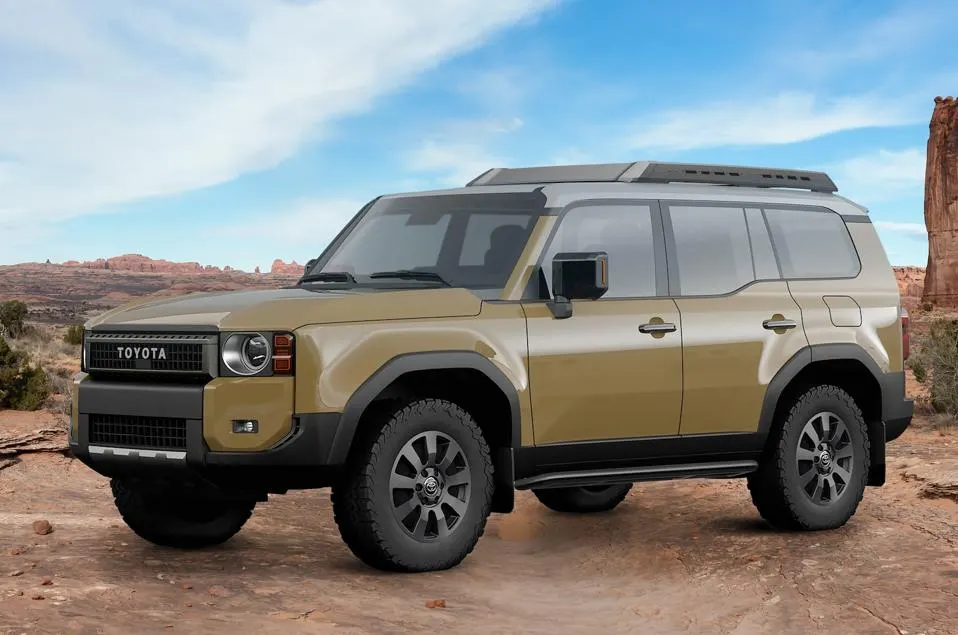
2. Toyota Land Cruiser
A legend in both urban and off-road settings, the Toyota Land Cruiser is a symbol of durability and longevity. This SUV is engineered with a robust ladder-frame chassis and a tank-like construction that has earned it a reputation for surviving extreme conditions—from deserts to war zones.
It’s no exaggeration to say that the Land Cruiser is built for abuse and thrives where other vehicles falter.
Safety-wise, the Land Cruiser excels not only in passive protection through its heavy-duty body but also in active safety systems. It includes Toyota Safety Sense, a suite of features like adaptive cruise control, pre-collision braking, and pedestrian detection.
But it’s the sheer mass and structural fortitude that give the Land Cruiser its edge in collisions, often taking less damage than lighter vehicles in similar scenarios.
Owners frequently praise the vehicle’s ability to sustain high mileage—often beyond 300,000 miles—without major mechanical failures.
The thick metal body panels, rigid frame, and underbody protection contribute to its near-legendary status as a vehicle that won’t let you down, even in the worst situations.
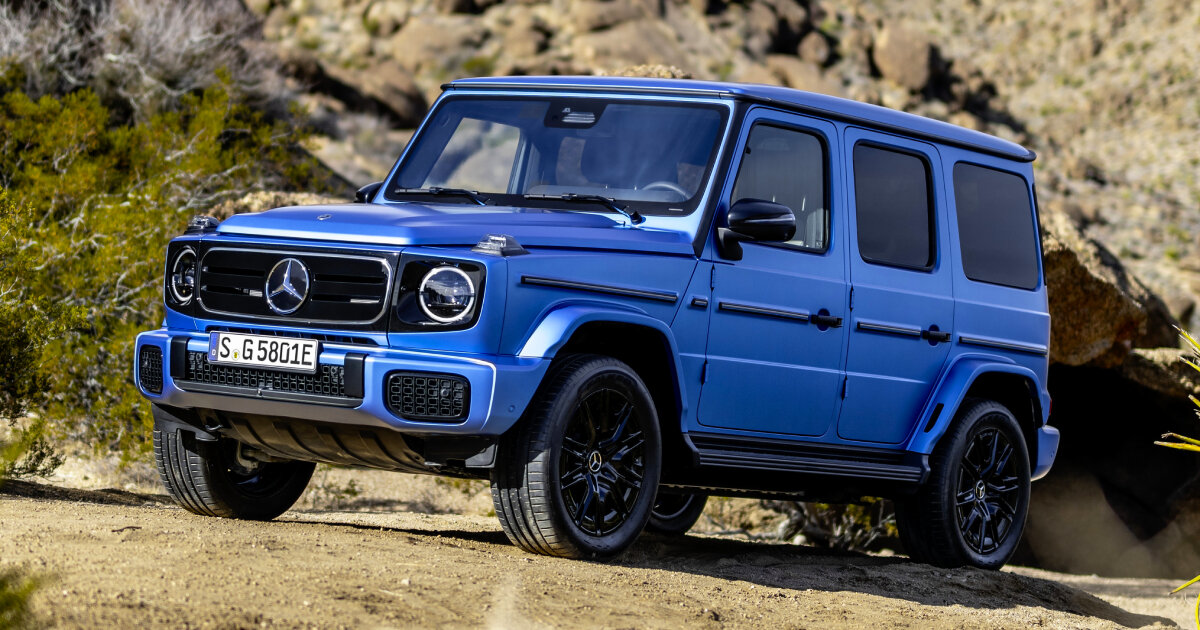
3. Mercedes-Benz G-Class
The Mercedes-Benz G-Class, affectionately known as the G-Wagon, combines luxury with the kind of ruggedness usually reserved for military vehicles.
Originally developed as a military transport, the G-Class retains much of its original design philosophy: a boxy, high-clearance body built on a ladder frame. It has evolved into a luxury SUV, but its toughness has never been compromised.
One of the most remarkable things about the G-Class is how it handles collisions. Thanks to its rigid frame and high center of gravity, it absorbs impacts well while keeping occupants protected.
It’s not uncommon to see G-Wagons walking away from high-speed crashes with minimal cabin intrusion—thanks in part to their thick steel doors and reinforced underpinnings.
Even the doors are engineered with a satisfying, tank-like “thud” when they close—indicative of the kind of durability baked into every part of this vehicle. Combined with advanced driver assistance systems and a commanding road presence, the G-Wagon earns its place as one of the most structurally secure vehicles in the world.
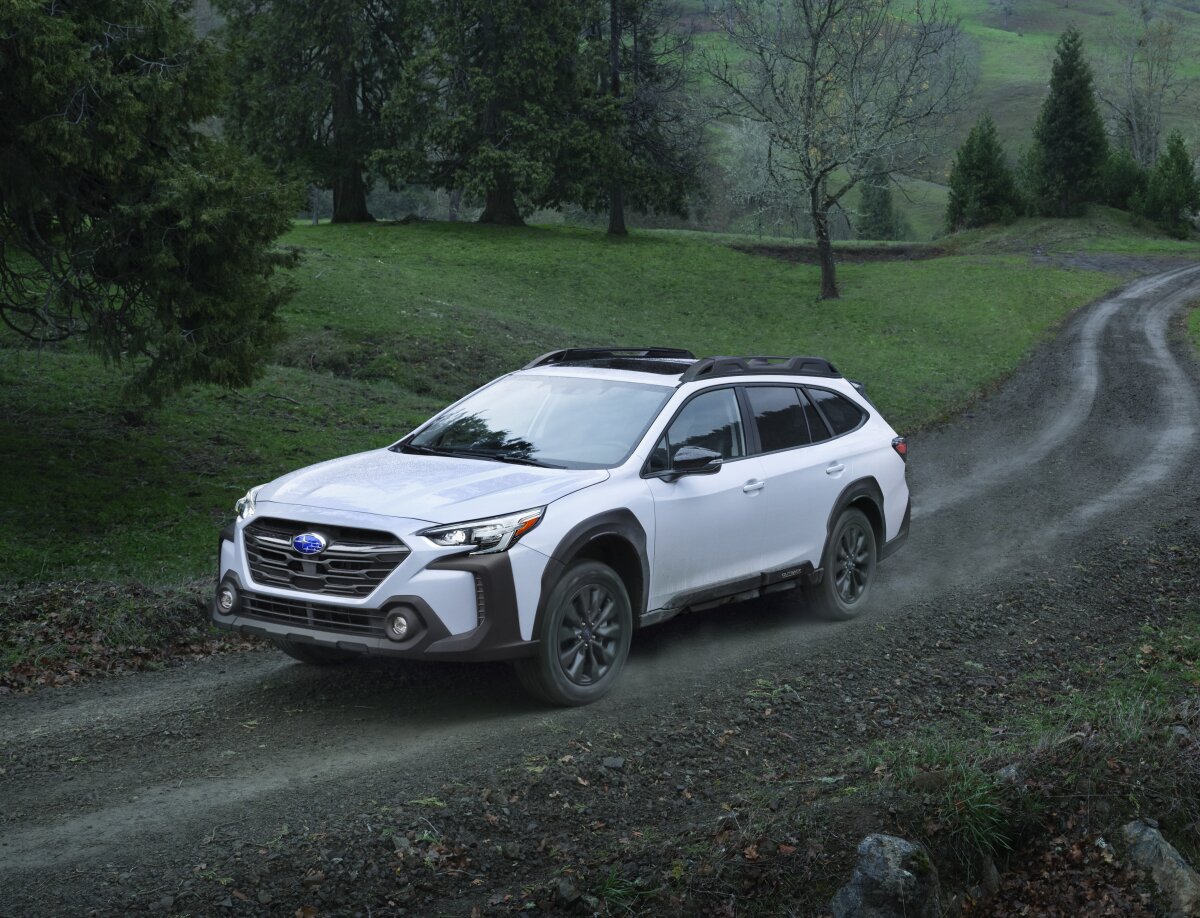
4. Subaru Outback
The Subaru Outback may not look like a tank, but don’t be fooled—this wagon-meets-crossover is built to handle punishment.
Subaru’s engineering philosophy includes the use of high-tensile steel and a ring-shaped reinforcement frame, which helps distribute impact forces around the passenger compartment rather than through it. It’s a clever design that has made the Outback a top pick for safety year after year.
What really sets the Outback apart is its performance in real-world crashes. From icy backroads to multi-car pileups, the Outback consistently protects its occupants.
Add in symmetrical all-wheel drive and EyeSight driver assist technology, and you have a car that’s not only sturdy but also designed to prevent accidents in the first place.
Its safety isn’t just theoretical. The Outback frequently receives the IIHS Top Safety Pick+ rating and continues to earn high marks in NHTSA tests. It’s practical, affordable, and incredibly resilient—earning its stripes as a car that punches well above its weight class when it comes to structural strength.
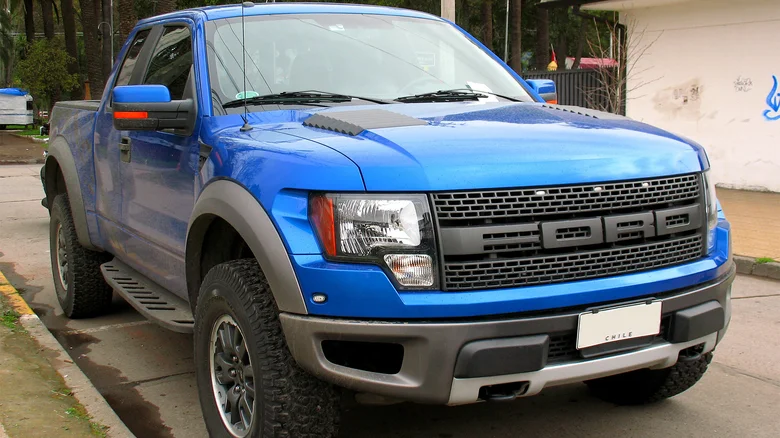
5. Ford F-150
As America’s best-selling vehicle for decades, the Ford F-150 has been put through the wringer by millions of owners. One reason it continues to dominate is its robust construction.
The latest models are built with high-strength, military-grade aluminum alloy bodies and a fully boxed steel frame, providing both lightweight performance and exceptional durability.
The F-150 also features an advanced suite of safety features, from automatic emergency braking to rear cross-traffic alert. However, it’s the truck’s structural toughness that impresses most.
In side-impact and rollover tests, the F-150 consistently demonstrates strong resistance to deformation, making it one of the safest trucks on the road.
Whether it’s being used for work, recreation, or everyday driving, the F-150 is known to take abuse without complaint.
Its toughness, both perceived and tested, has cemented its reputation as a vehicle that can literally take a hit and keep going—earning it a spot on any list of the most rugged vehicles.
5 Cars That Crumple Easily

1. Smart Fortwo
The Smart Fortwo was designed with urban efficiency in mind, not battlefield-level toughness. While it’s impressively compact and easy to park, that small size comes with significant compromises in crashworthiness. The car’s short crumple zones and low mass mean it often fares poorly in high-speed collisions.
Crash tests have shown that despite a rigid safety cell (called the Tridion Cell), the Fortwo’s small footprint just doesn’t offer enough buffer zone to absorb serious impact energy.
In collisions with larger vehicles, it’s often the Smart that suffers most, with increased risk to occupants due to the abrupt deceleration forces involved.
Though it has airbags and a decent safety rating for its size class, the physics are simply not on the Fortwo’s side. It’s a great choice for inner-city commuting, but if you’re looking for a car that can stand up to a highway-speed crash, this isn’t it.
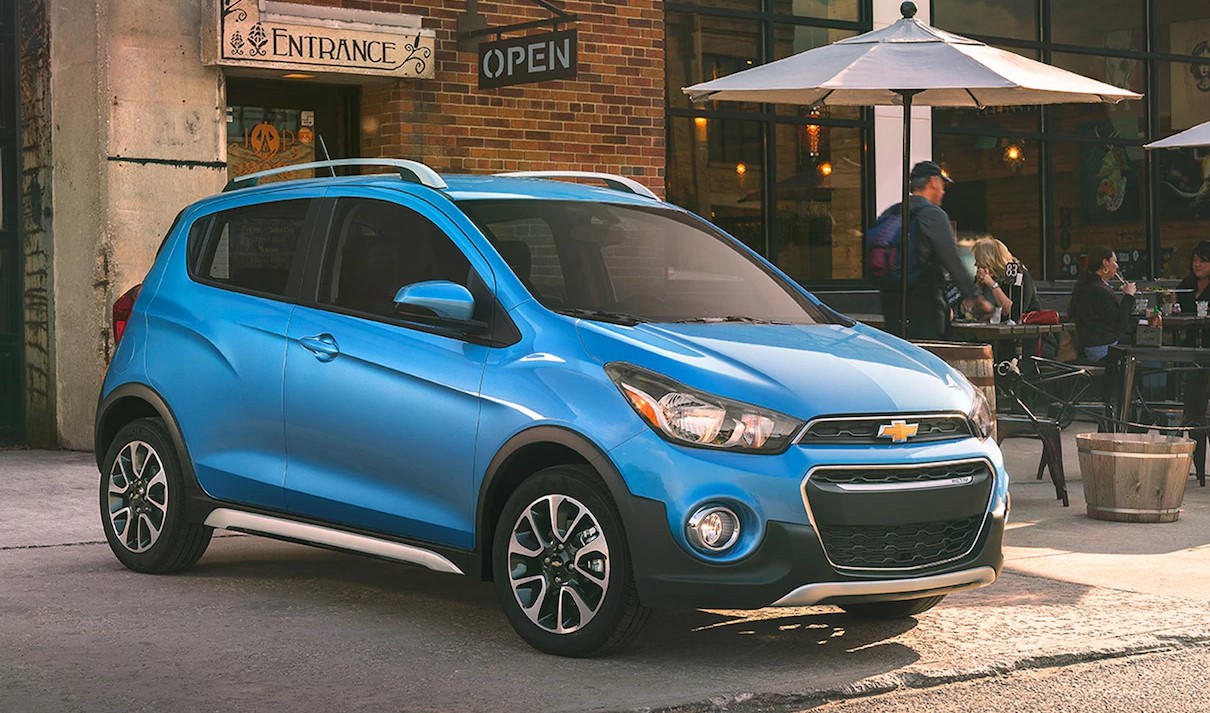
2. Chevrolet Spark
The Chevrolet Spark is one of the cheapest new cars available, and unfortunately, that budget-friendly price tag often correlates with less impressive safety results.
The Spark is a subcompact hatchback, and like many vehicles in its class, it sacrifices structural rigidity and material strength to keep costs low and weight down.
In crash tests, the Spark has struggled particularly with side impacts and small overlap front crashes. The frame simply doesn’t hold up as well as larger, better-reinforced vehicles, leading to higher injury risks for occupants. While it includes essential safety features like airbags and stability control, these can’t fully compensate for a structurally weaker build.
This is not to say the Spark is unsafe by definition, but when directly compared to more robust vehicles, it comes up short. For those who primarily drive in low-speed urban settings, it may be adequate—but for anyone facing frequent highway or long-distance travel, it’s not ideal.
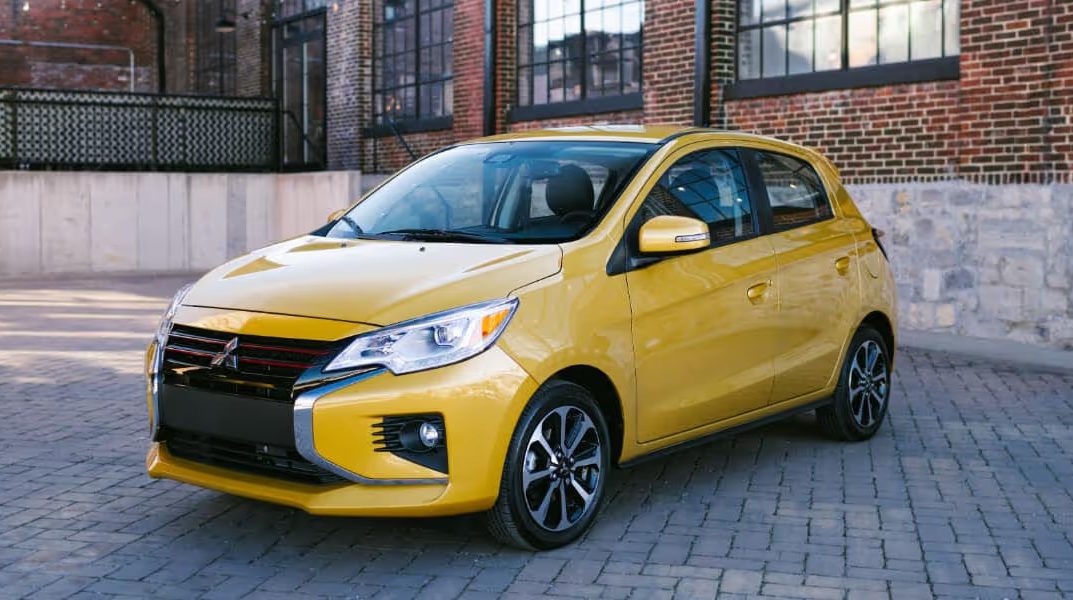
3. Mitsubishi Mirage
The Mitsubishi Mirage is often criticized for its lackluster performance, and unfortunately, its safety reputation doesn’t fare much better.
Despite improvements over the years, the Mirage remains one of the lowest-scoring vehicles in crash test ratings across multiple agencies. Lightweight and cheaply built, it’s not a vehicle you want to rely on in a serious accident.
The Mirage has earned particularly poor marks in frontal crash tests, with deformation of the cabin area and limited survival space for passengers. Its thin body panels and minimalist frame contribute to the high degree of damage seen in moderate to severe collisions.
Even though it includes standard airbags and traction control, the fundamental issue lies in its weak frame.
This vehicle might be a cost-effective choice for budget-conscious buyers, but that savings comes at a significant compromise in crash resilience. For those who prioritize safety, especially on roads where accidents are more likely, the Mirage is better avoided.
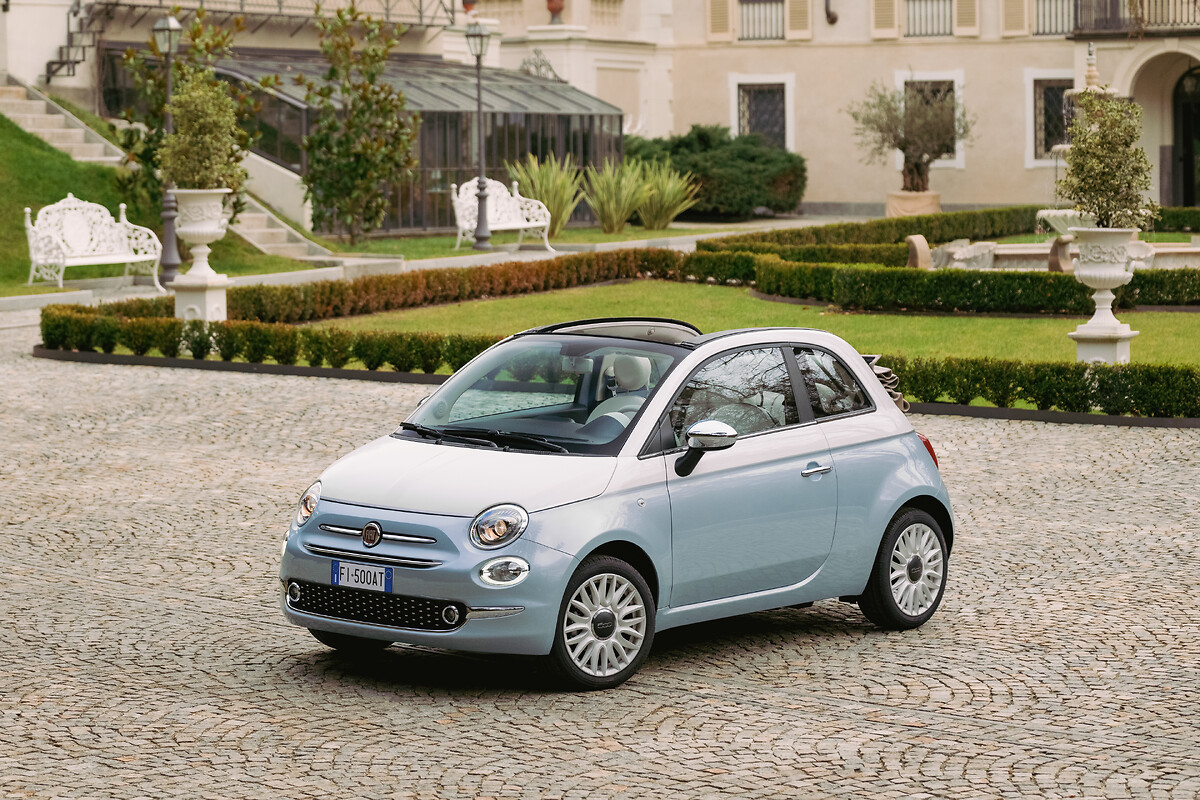
4. Fiat 500
Charming and full of European flair, the Fiat 500 is undeniably stylish—but its structural integrity is another story. Though it has decent safety features for its size, the Fiat 500’s compact build and light materials make it susceptible to damage in crashes. Its poor performance in small overlap crash tests has been well documented.
The short wheelbase and high center of gravity contribute to a higher risk of rollover and less energy dispersion in frontal and side impacts.
While it may be fun to drive and easy to maneuver, these benefits come at the cost of robust crash protection, especially when stacked against more solid subcompacts.
Owners often cite the car’s lack of durability over time, with exterior parts and panels more prone to damage from even minor impacts. It’s not a terrible car by any means, but it’s certainly not one that inspires confidence in high-speed or multi-vehicle crash scenarios.
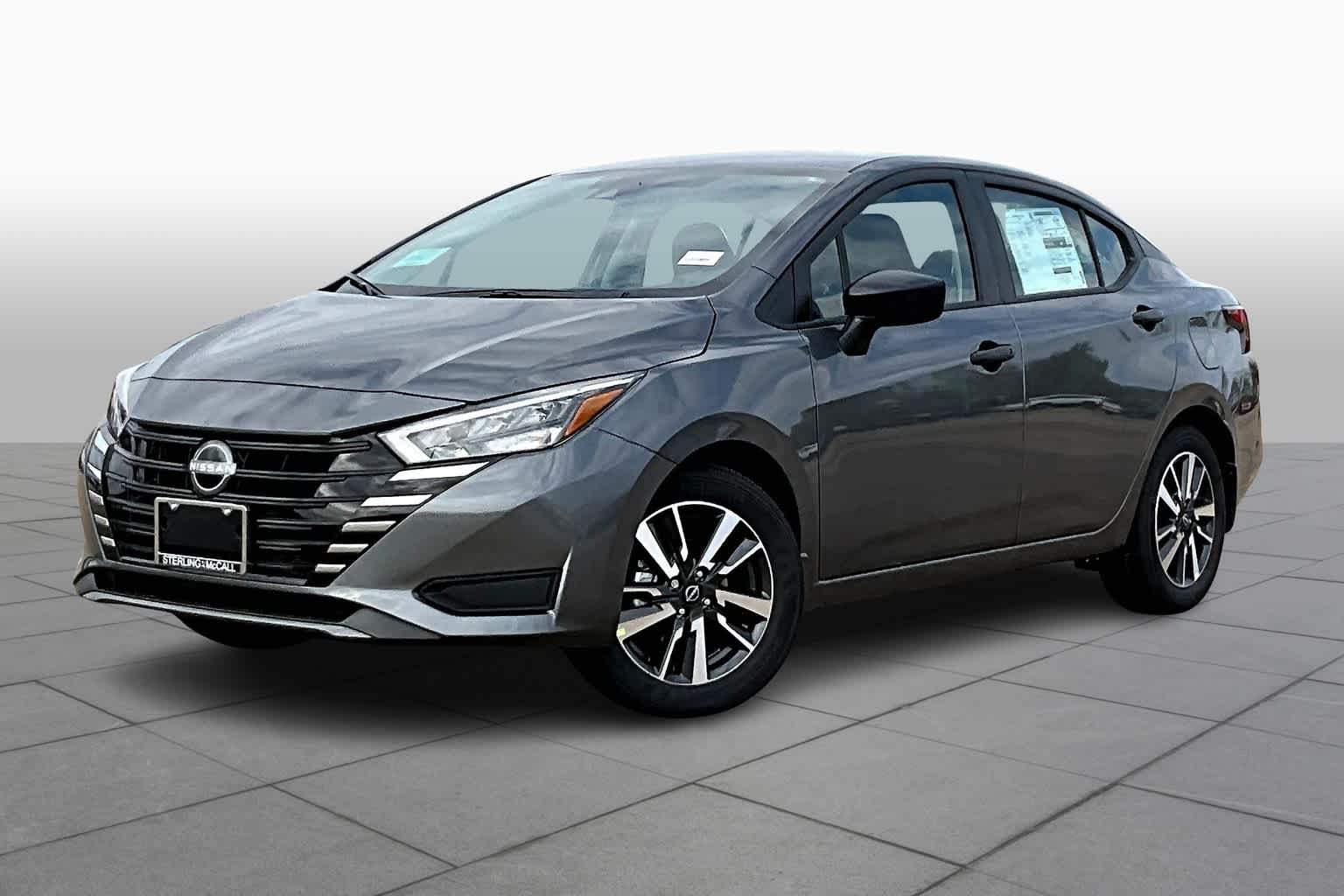
5. Nissan Versa (Pre-2020 Models)
While the newer Nissan Versa models have seen substantial improvements, earlier versions (particularly from 2010–2019) have been plagued by poor crash-test results and subpar build quality. These cars were designed with affordability in mind, and that often meant cutting corners on materials and structural integrity.
The Versa’s issues include poor performance in side-impact and small-overlap frontal tests, with crash test dummies frequently showing higher risk of injury. The vehicle also lacked many modern driver-assist technologies, leaving drivers with fewer tools to avoid crashes in the first place.
Although they offered impressive fuel economy and affordability, the earlier Versa models are examples of how cost-saving design can compromise occupant safety. If safety is a priority, especially in an older used vehicle, it’s best to look elsewhere.
Also Read: 10 Best Practices to Keep Your Engine Running Like New in High-Performance Motorsport Vehicles
When it comes to vehicle safety, not all cars are created equal. Some are engineered with military-grade toughness and advanced safety systems that provide peace of mind in the event of an accident.
Others, especially ultra-compact or budget-friendly models, simply lack the structural reinforcement needed to perform well in real-world crashes.
While no car is invincible, understanding how different vehicles perform in crash scenarios can be a lifesaving decision. Whether you’re exploring city streets or cruising the open highway, choosing a vehicle that’s built to protect you could make all the difference when it matters most.

